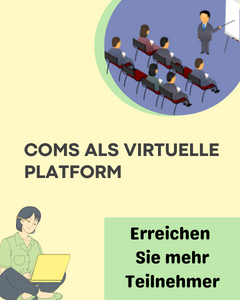Konferenzen > Mathematik > Algebra > Vereinigte Staaten
Wählen Sie ein Land aus
Deutschland (6) Frankreich (3) Griechenland (2) Großbritannien (8) Indien (1) Kanada (10) Marokko (1) Spanien (1) Tunesien (1) Türkiye (1) Vereinigte Staaten (3)
Vereinigte Staaten
1
WORKSHOP — New p-adic perspectives on canonical integral models for Shimura varieties
02. Mär 2026 - 06. Mär 2026 • Pasadena, Vereinigte Staaten
Eintrags-ID:
1682428
2
The Eisenstein ideal and Galois representations, looking forward after 50 years
18. Mai 2026 - 22. Mai 2026 • The Eisenstein ideal and Galois representations, looking forward after 50 years, Vereinigte Staaten
Eintrags-ID:
1682336
3
Number Field Counting in the LMFDB
08. Jun 2026 - 12. Jun 2026 • Providence, Vereinigte Staaten
Eintrags-ID:
1680192
Conference-Service.com stellt der Öffentlichkeit ein Kalendarium wichtiger Konferenzen, Symposien und sonstiger Tagungen im wissenschaftlich-technischen Bereich zur Verfügung. Obwohl das Verzeichnis mit großer Sorgfalt zusammengestellt und ständig aktualisiert wird, weisen wir auf die Möglichkeit von Fehlern ausdrücklich hin. Bitte vergewissern Sie sich immer beim Veranstalter, bevor Sie über die Teilnahme oder Nichtteilnahme an einer Konferenz entscheiden.
Stand vom 4. November 2025



